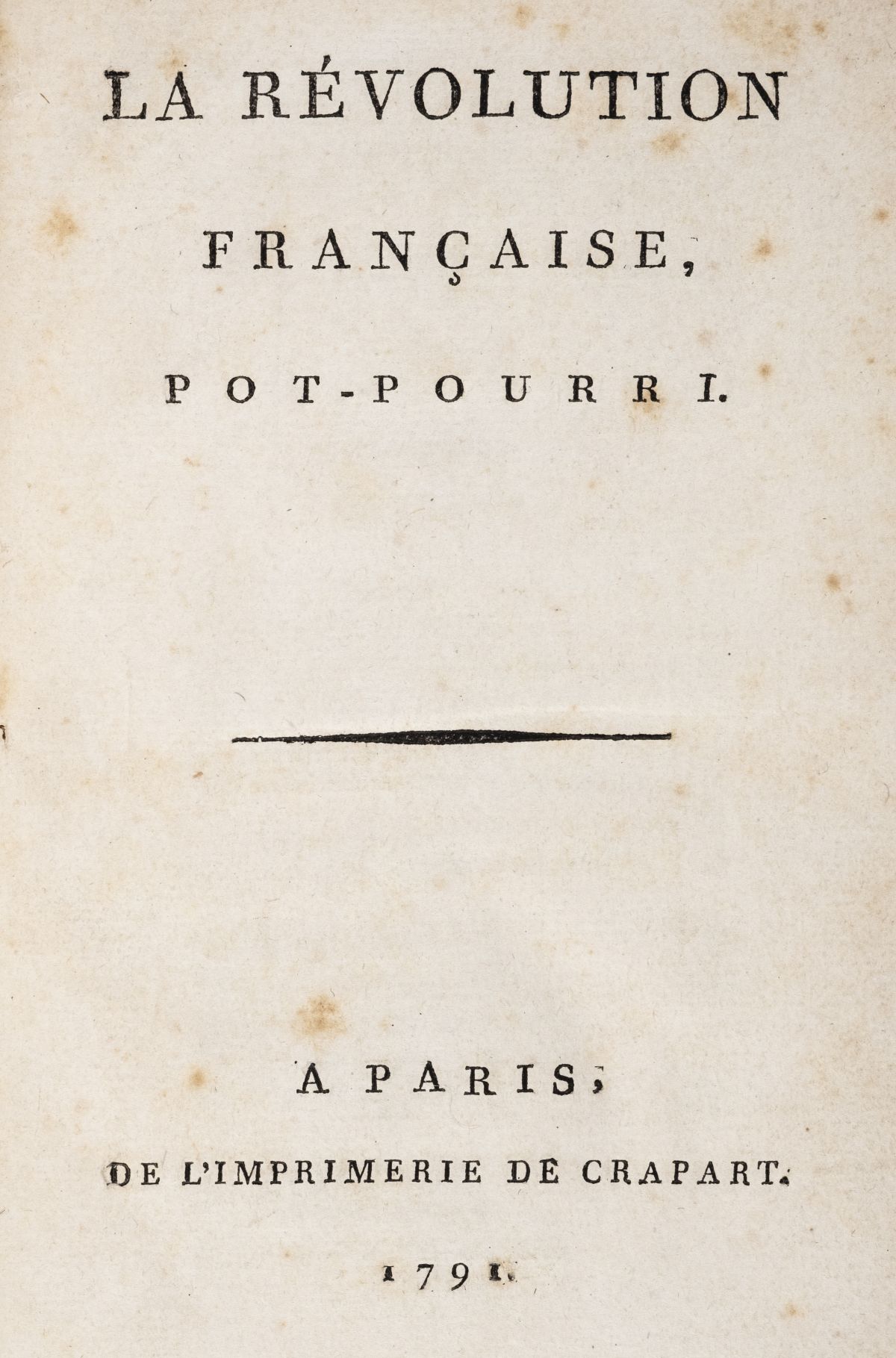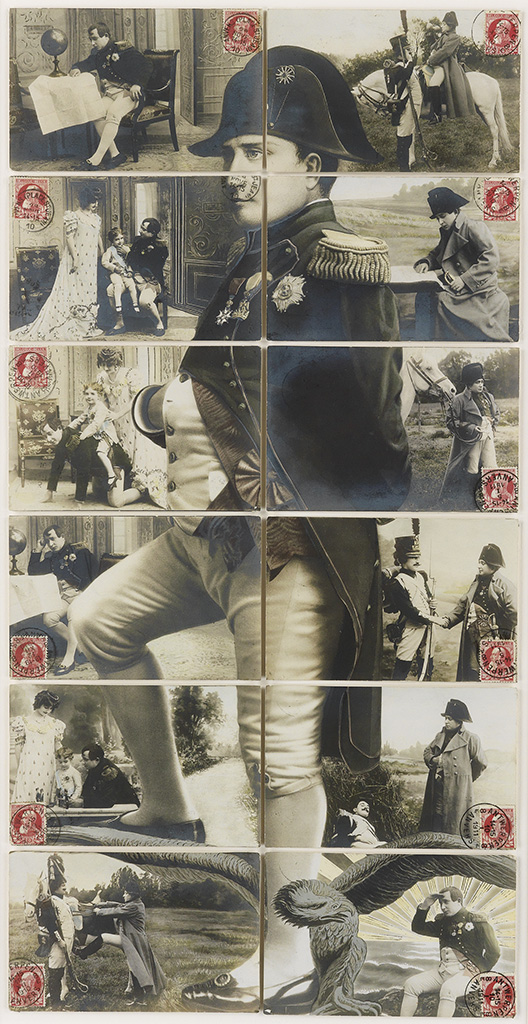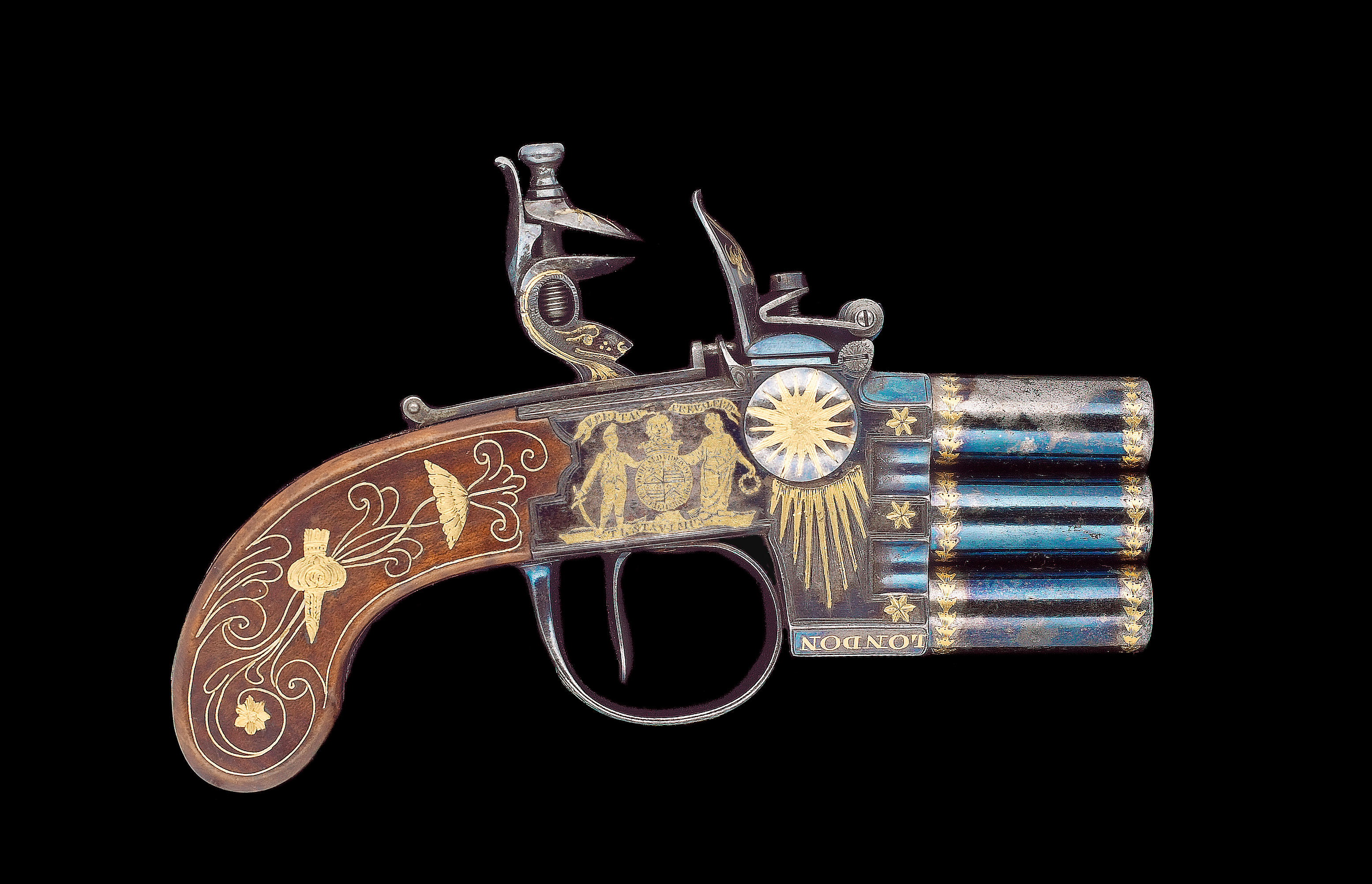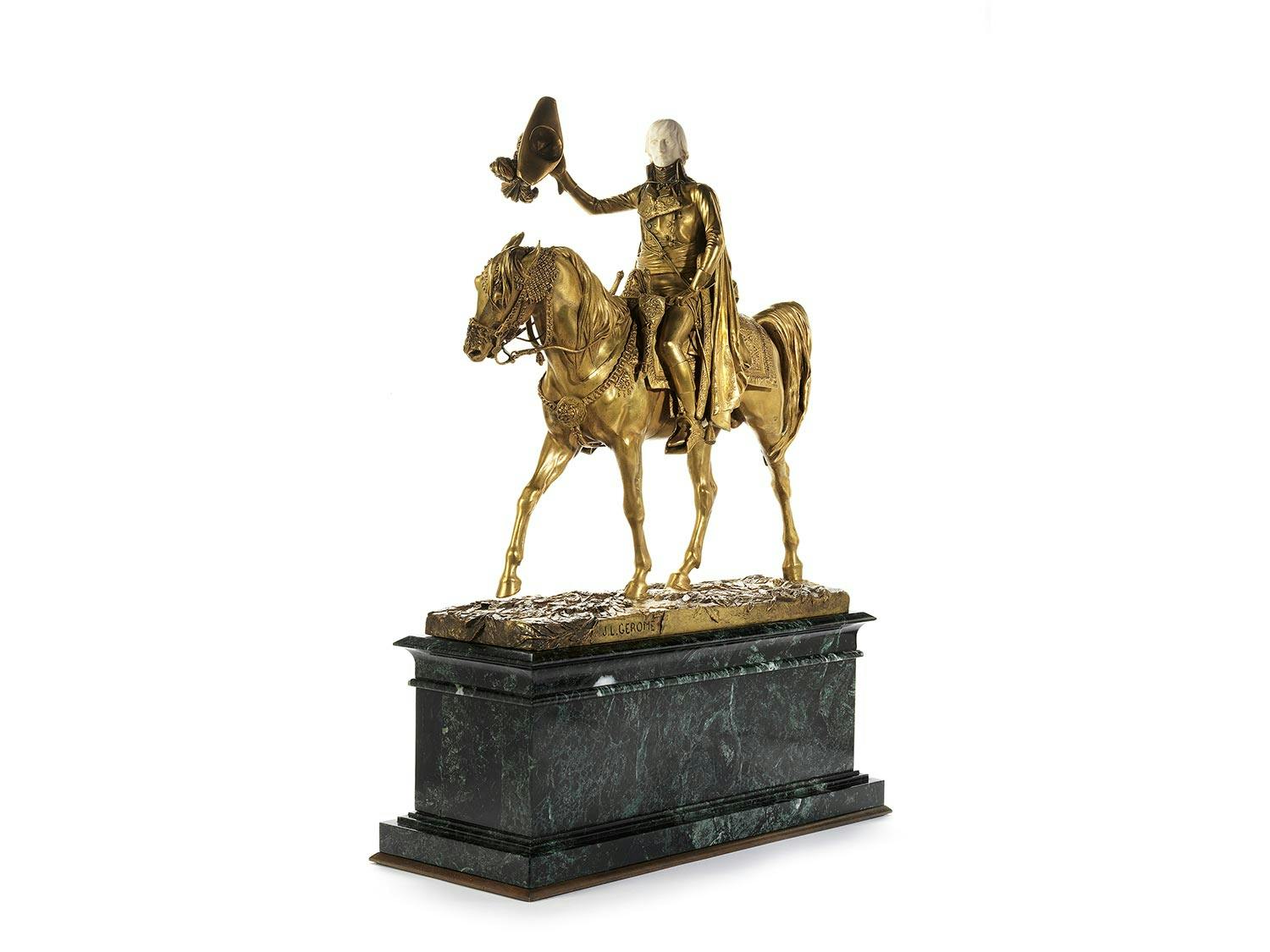Napoleon Bonaparte: a historic early plaster death mask, at one time known as the 'King' mask, and bearing an inscription by Sir Hudson Lowe, who was governor of Saint Helena during the time of Napoleon's captivity on the island. Napoleon Bonaparte: an historic early plaster death mask, at one time known as the 'King' mask, and bearing an inscription by Sir Hudson Lowe, who was governor of Saint Helena during the time of Napoleon's captivity on the island. The practice obtained, during the 18th and 19th Centuries, of making plaster casts of the heads or faces of important or wealthy individuals, either before or after death, so that a physical record of their appearance might be left to posterity. Napoleon Bonaparte declined to have a 'life cast' made, and when he died in exile at Longwood House on the South Atlantic island of Saint Helena in 1821, the creation of a death mask was found to be fraught with difficulty. None of the individuals present had any experience in carrying out such delicate work, and it appears, moreover, to have taken some time for a supply of the gypsum necessary for the production of the plaster to be obtained. Yet here was a man of almost unparalleled historic stature and to his adoring attendants the imperative of preserving his likeness was irresistible. The matter was first referred to Napoleon's personal physician, Francesco Antommarchi who recoiled from the responsibility (though he was later to claim the credit for the mask). The difficult task fell instead to the surgeon of the 66th Regiment of Foot, Francis Burton M.D., who was able to make a single 'negative' mould of the Emperor's head. The unique original 'positive' cast that he produced (unique because the front of the mould was destroyed during the removal of the cast) was the progenitor of all subsequent Napoleon death masks. The process by which further copies were made is not well documented, but many were produced in Europe by Antommarchi, when, following Burton's death in 1828, the Italian capitalised on his pretended authorship of the original mask (to which he appears to have had access for the purpose of making copies, courtesy of the Count and Countess Bertrand, who stole it from Burton at Longwood). These were sold by subscription, and extant examples include an extension below the neck impressed with a seal mark. Various other copies were also made in Europe and elsewhere, but the most important subset comprises those that were made on the Island of Saint Helena itself. In his 1915 work 'The Story of Napoleon's Death Mask', the eminent scholar George Leo De St M. Watson hypothesizes that the secondary mould made at Longwood was the work of the artist Joseph William Rubidge who took advantage of a brief interval between Burton completing the first cast and Madame Bertrand arrogating it; and Watson further avers that only one cast, the so called 'Sankey Mask' was taken from this mould. More recent scholarship recognises the existence of a greater number of locally made masks (the work either of Rubidge, Antommarchi or the two acting in concert), such as the 'Boys' mask - a kind of twin to the 'Sankey' mask (in that both were originally in the possession of the Reverend Richard Boys, chaplain to the H.E.I.C. in St Helena), and the two known as the 'Gilley' masks, which were presented to one Lieutenant Gilley by the erstwhile governor of Saint Helena Sir Hudson Lowe (a point of particular interest in considering the mask offered here, which bears his inscription). Sir Hudson Lowe (1769-1844) arrived on Saint Helena April 14th 1816, having heard of his appointment as governor on August 1st 1815. He made only six official visits to Napoleon during the following five years. A stern disciplinarian, he was reviled by the French for the harsh and restrictive regime that he imposed on the former Emperor. The so-called ‘King Mask’ (offered here) came to public notice in the late 1960s, at which time its owner, Miss Phyllis King, was con
Napoleon Bonaparte: a historic early plaster death mask, at one time known as the 'King' mask, and bearing an inscription by Sir Hudson Lowe, who was governor of Saint Helena during the time of Napoleon's captivity on the island. Napoleon Bonaparte: an historic early plaster death mask, at one time known as the 'King' mask, and bearing an inscription by Sir Hudson Lowe, who was governor of Saint Helena during the time of Napoleon's captivity on the island. The practice obtained, during the 18th and 19th Centuries, of making plaster casts of the heads or faces of important or wealthy individuals, either before or after death, so that a physical record of their appearance might be left to posterity. Napoleon Bonaparte declined to have a 'life cast' made, and when he died in exile at Longwood House on the South Atlantic island of Saint Helena in 1821, the creation of a death mask was found to be fraught with difficulty. None of the individuals present had any experience in carrying out such delicate work, and it appears, moreover, to have taken some time for a supply of the gypsum necessary for the production of the plaster to be obtained. Yet here was a man of almost unparalleled historic stature and to his adoring attendants the imperative of preserving his likeness was irresistible. The matter was first referred to Napoleon's personal physician, Francesco Antommarchi who recoiled from the responsibility (though he was later to claim the credit for the mask). The difficult task fell instead to the surgeon of the 66th Regiment of Foot, Francis Burton M.D., who was able to make a single 'negative' mould of the Emperor's head. The unique original 'positive' cast that he produced (unique because the front of the mould was destroyed during the removal of the cast) was the progenitor of all subsequent Napoleon death masks. The process by which further copies were made is not well documented, but many were produced in Europe by Antommarchi, when, following Burton's death in 1828, the Italian capitalised on his pretended authorship of the original mask (to which he appears to have had access for the purpose of making copies, courtesy of the Count and Countess Bertrand, who stole it from Burton at Longwood). These were sold by subscription, and extant examples include an extension below the neck impressed with a seal mark. Various other copies were also made in Europe and elsewhere, but the most important subset comprises those that were made on the Island of Saint Helena itself. In his 1915 work 'The Story of Napoleon's Death Mask', the eminent scholar George Leo De St M. Watson hypothesizes that the secondary mould made at Longwood was the work of the artist Joseph William Rubidge who took advantage of a brief interval between Burton completing the first cast and Madame Bertrand arrogating it; and Watson further avers that only one cast, the so called 'Sankey Mask' was taken from this mould. More recent scholarship recognises the existence of a greater number of locally made masks (the work either of Rubidge, Antommarchi or the two acting in concert), such as the 'Boys' mask - a kind of twin to the 'Sankey' mask (in that both were originally in the possession of the Reverend Richard Boys, chaplain to the H.E.I.C. in St Helena), and the two known as the 'Gilley' masks, which were presented to one Lieutenant Gilley by the erstwhile governor of Saint Helena Sir Hudson Lowe (a point of particular interest in considering the mask offered here, which bears his inscription). Sir Hudson Lowe (1769-1844) arrived on Saint Helena April 14th 1816, having heard of his appointment as governor on August 1st 1815. He made only six official visits to Napoleon during the following five years. A stern disciplinarian, he was reviled by the French for the harsh and restrictive regime that he imposed on the former Emperor. The so-called ‘King Mask’ (offered here) came to public notice in the late 1960s, at which time its owner, Miss Phyllis King, was con














Try LotSearch and its premium features for 7 days - without any costs!
Be notified automatically about new items in upcoming auctions.
Create an alert